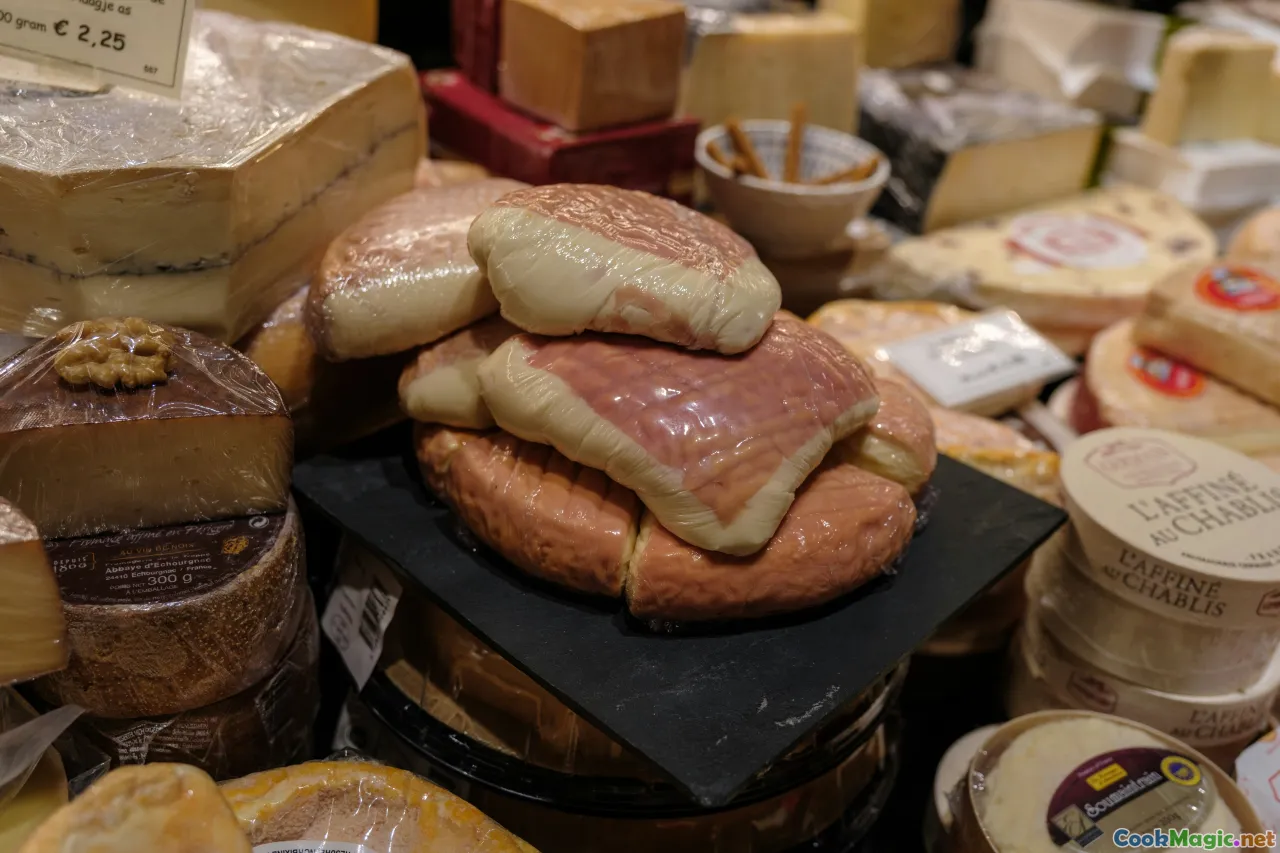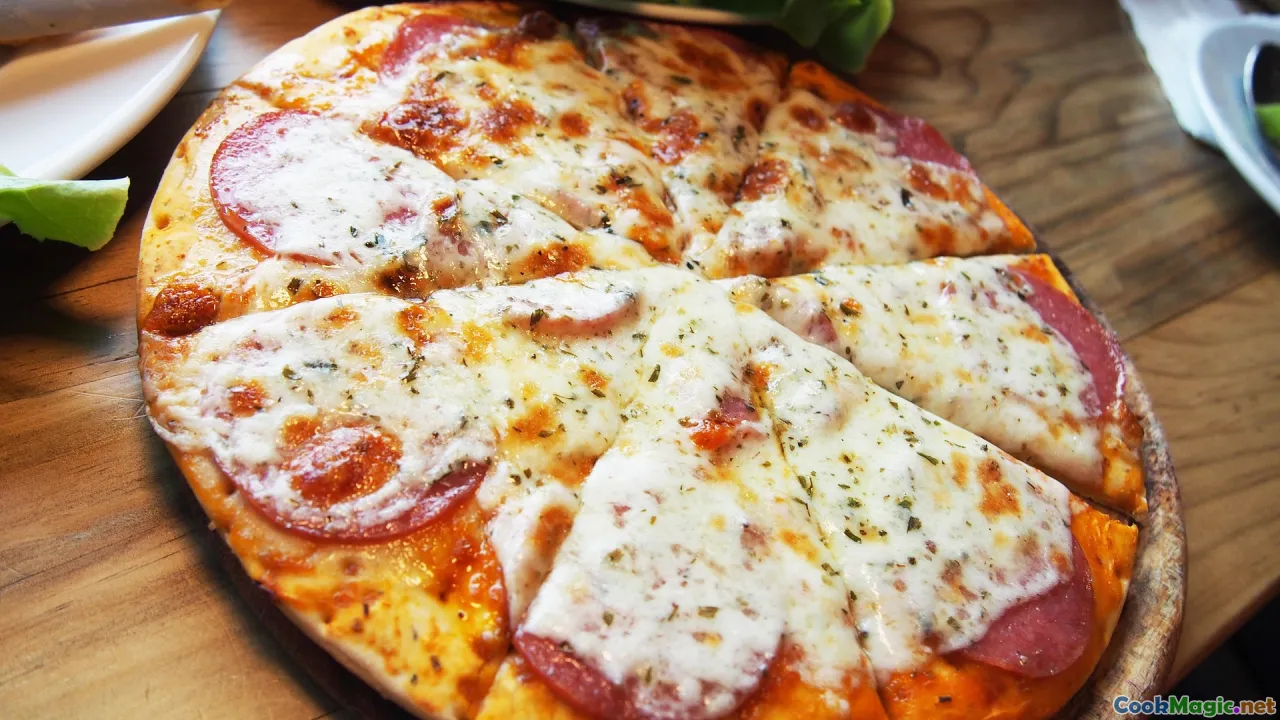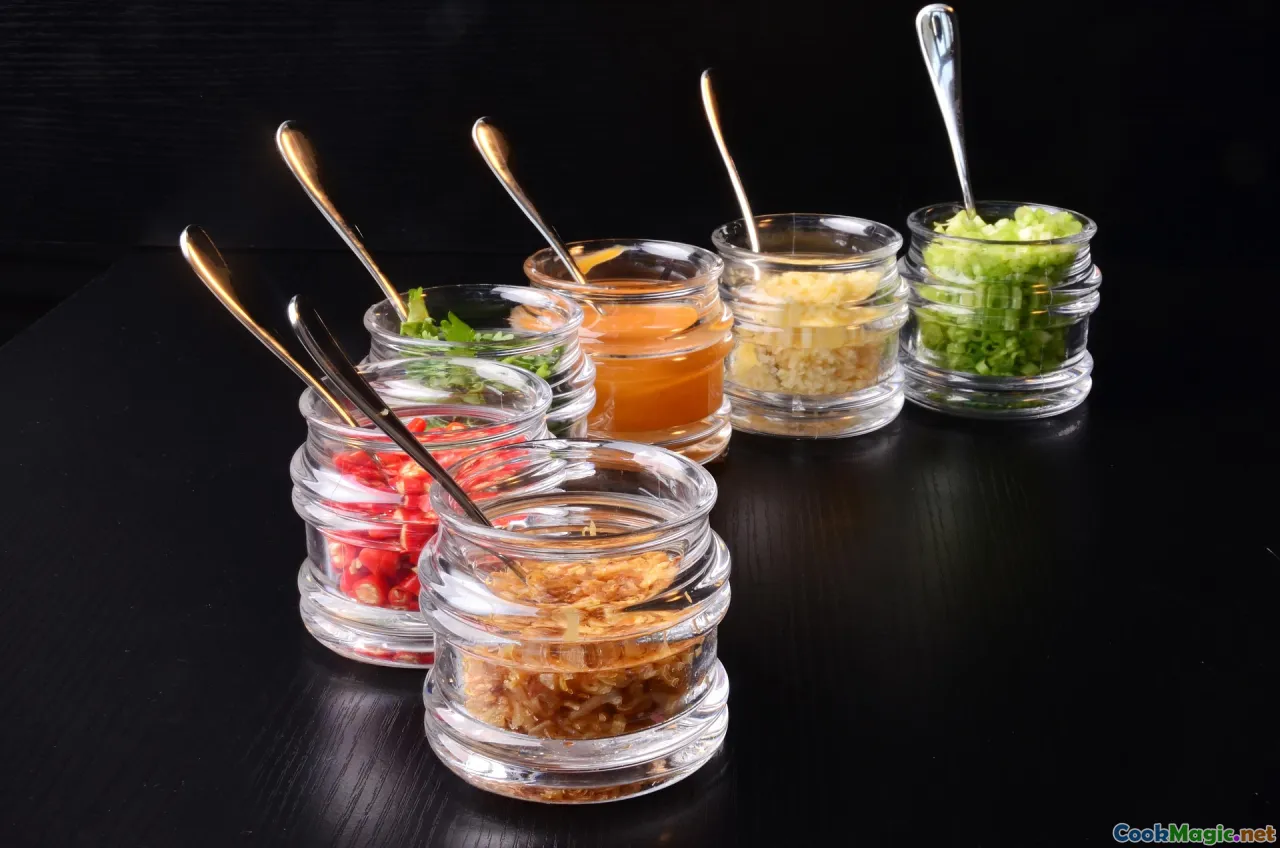The Art of Making Cuban Sandwiches at Home
11 min read Discover essential tips and techniques to craft authentic Cuban sandwiches at home, blending flavor, tradition, and culinary artistry. October 01, 2025 06:05
The Art of Making Cuban Sandwiches at Home
Few dishes evoke the vibrant spirit of Caribbean flavor as powerfully as the classic Cuban sandwich. As a culinary ambassador of Havana’s bustling streets, the Cuban sandwich encapsulates a history of migration, cultural fusion, and community—crafted not just as a meal, but as a symbol of Cuban identity. Making this iconic sandwich at home is more than a culinary exercise; it’s a cultural journey, a sensory celebration, and an act of preserving tradition.
In this guide, I’ll walk you through the intricate art of assembling and pressing a Cuban sandwich that rivals the legendary versions found in Miami’s Little Havana or the historic eateries of Cuba itself. We’ll explore the historical roots, ingredient selection, techniques for achieving the perfect crunch and melt, and personal tips to elevate your homemade Cuban sandwich to iconic status.
The Cultural Tapestry of the Cuban Sandwich

The story of the Cuban sandwich begins in the early 20th century, when Cuban immigrants brought their culinary traditions to Florida, especially to Miami, which quickly became a vibrant hub of Cuban culture. The sandwich served as a hearty, portable, and affordable meal—perfect for workers and harbor sailors caught in the hustle of burgeoning industry.
What makes the Cuban sandwich profoundly authentic is its blend of culinary influences: Spanish, African, Caribbean, and American. It embodies some of the most flavorful ingredients of the island—roasted pork, savory ham, melting Swiss cheese, tangy mustard, and crispy pickles—all nestled inside freshly baked Cuban bread.
Today, this sandwich is more than sustenance—it’s a cultural ambassador. When you craft it at home, you step into a tradition rooted in community, resilience, and the joy of sharing.
Selecting the Ideal Ingredients: A Chef’s Perspective

The Bread
The foundation of an authentic Cuban sandwich is its bread. Cuban bread is a soft, white , slightly sweet loaf with a thin, crisp crust—much like French baguette but softer and airier inside.
If you’re lucky to find authentic Cuban bread in your neighborhood, buy it fresh and warm. Otherwise, a good Italian baguette or Brazilian pão francês can be excellent substitutes. For those aiming for authenticity, consider baking your own Cuban bread, which involves a simple dough kissed with lard for that distinctive aroma and texture.
The Meats
Traditional recipes call for roasted pork and ham. Roast pork shoulder, marinated in citrus, garlic, and oregano, is ideal. Cook it until tender, then thinly slice.
For the sliced ham, opt for a honey-glazed or smoked variety. High-quality, thin-sliced deli ham works well if you don’t have time to roast your own.
Cheese, Mustard, and Pickles
Swiss cheese adds a melty, slightly nutty flavor that complements the savory meats. Dijon mustard or traditional yellow mustard offers a tangy contrast that cuts through the richness.
Pickles are non-negotiable—they add a vital tang and crunch. Classic Cuban pickles are dill and garlic-based, but bread-and-butter pickles can add a sweeter dimension.
Additional Touches
Some cooks add a smear of butter or olive oil before pressing, creating a golden, crispy exterior. A touch of mojo (Cuban garlic mojo sauce) can elevate flavors for the adventurous.
Assembling Your Cuban Sandwich: Step-by-Step

Step 1: Prepare the Bread
Slice the Cuban bread horizontally. Lightly butter or brush the cut sides with olive oil for added crispness, especially on the outer crust.
Step 2: Layer the Fillings
Start by spreading a thin layer of mustard on the bottom half of the bread. Layer slices of roasted pork, followed by a few slices of ham. Cover with a generous handful of Swiss cheese, then add pickles on top.
Step 3: Top and Secure
Place the top half of the bread over the layered fillings, pressing gently.
Step 4: Press and Grill
Traditionally, the sandwich is pressed in a sandwich press or plancha. If you don’t have an authentic Cuban sandwich press, a heavy cast-iron skillet works just as well. Place the assembled sandwich in the heated skillet or press, applying firm but gentle pressure. Grill until the bread is golden-brown and crispy, the cheese is melted, and the fillings are heated through—about 3-5 minutes per side in a skillet.
Step 5: Serve with Panache
Slice diagonally, exposing the melty interior. Serve immediately—with a side of plantain chips, yuca fries, or a simple salad—to complete the experience.
Tips for Achieving the Perfect Crunch and Melty Center

- Use a Cast Iron Skillet or Sandwich Press: Consistent, even pressure ensures that the sandwich presses evenly, creating that signature crispy exterior.
- Don’t Overstuff: Too many fillings can hinder even pressing. Keep layers manageable for optimal texture.
- Press Gently but Firmly: You want the heat to meld the layers without crushing the bread.
- Preheat Your Equipment: Ensure your skillet or press is hot before adding the sandwich to get that initial sizzle and crisp.
- Finish with a Rest: Let the pressed sandwich rest for a minute before slicing—allowing the cheese to set slightly for cleaner cuts.
Variations and Personal Touches

No two Cuban sandwiches are exactly alike. Creative cooks experiment with additions: slices of avocado, a drizzle of mojo sauce, spicy jalapeños, or even a smear of garlic butter inside the bread.
You might also try using baguette-style bread for an extra-crispy exterior—just be cautious of overcrowding your press.
Recreating the Experience at Home: An Emotional Connection
Making Cuban sandwiches in your own kitchen is a gateway to understanding and celebrating a vibrant culture. It’s about sharing a piece of history, reminding ourselves that food is a powerful connector—evoking memories, fostering community, and bridging cultures.
Picture yourself in a small Miami bakery, the aroma of roasting pork mingling with the smell of freshly baked bread. As you press your homemade Cuban sandwich, a burst of crisp crust gives way to melted cheese, savory pork, and sharp pickles—a harmony of textures and flavors.
Every step you take—selecting quality ingredients, layering thoughtfully, pressing with care—is a small act of cultural appreciation. It’s a way to honor the artisans and families that have kept this tradition alive across generations.
Final Thoughts: A Sandwich, a Story
Making a Cuban sandwich at home is more than assembling delicious ingredients. It’s about capturing a moment, conjuring memories, and sharing a piece of history with your loved ones. Whether you’re a seasoned home chef or a curious beginner, the journey of crafting this timeless dish is as rewarding as each flavorful bite.
So roll up your sleeves, bring out your favorite ingredients, and embrace the art—transforming simple staples into a culinary masterpiece that sings of Caribbean sun, resilient spirit, and the universal joy of good food.
Viva la comida, viva la cultura, and most of all, viva your homemade Cuban sandwich!









